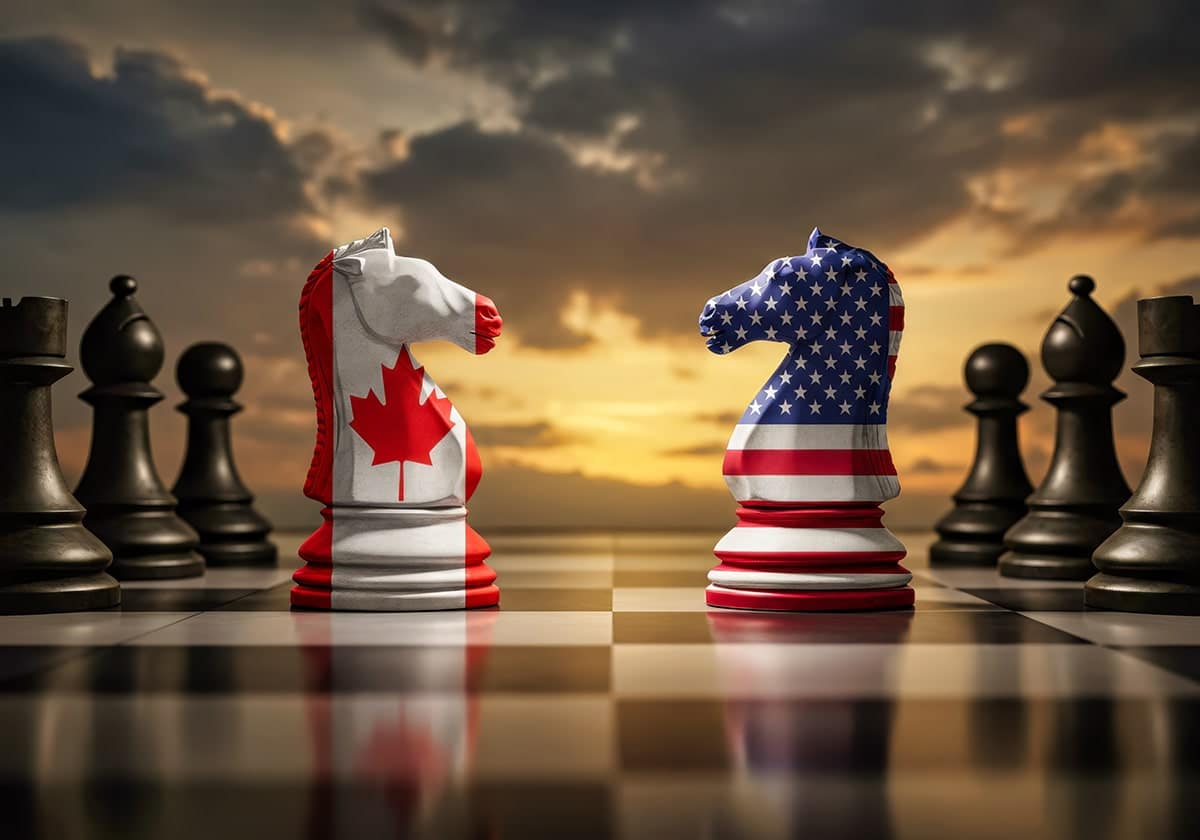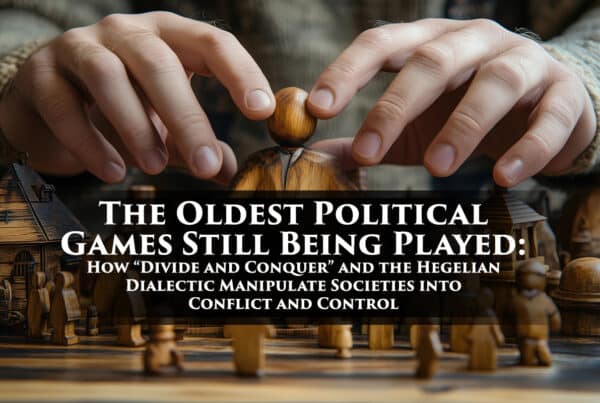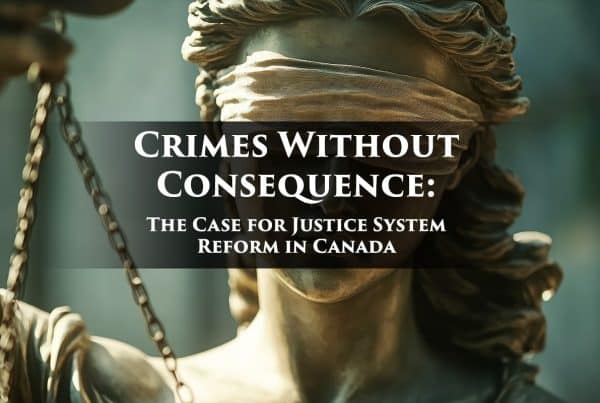What Canadians Should Know — And What It Actually Means
In one of the more surreal but telling diplomatic moments of 2025, newly elected Canadian Prime Minister Mark Carney sat down with U.S. President Donald Trump at the White House.
What unfolded was part press conference, part performance — with Trump riffing on trade, tariffs, statehood, and cost overruns… while Carney, calm and composed, navigated the room like a man trying to build a bridge across a swamp.
From blunt talk of turning Canada into the “51st state” to veiled economic threats and a few trademark Trump tangents, the meeting was far more than ceremonial — it was a glimpse into the future of U.S.-Canada relations under two very different leadership styles.
Watch the full exchange here — then read on for a concise, Canadian-focused breakdown of what was said, what it means, and why it matters.
The Big Takeaways:
Tone & Atmosphere:
-
-
The meeting was unusually informal for a bilateral event, with President Trump dominating the conversation and frequently veering into tangents — from U.S. trade surplus numbers to cost overruns on California trains.
-
Mark Carney remained composed, measured, and focused on maintaining diplomatic tone while deflecting some of Trump’s more provocative comments (e.g., on Canada becoming the “51st state”).
-
Trump’s Message:
-
Trump praised Carney’s election win but made it clear he views Canada as economically dependent on the U.S.
-
He repeatedly suggested Canada “owes” the U.S. for trade, military protection, and market access.
-
Proposed that Canada would benefit from U.S. statehood due to “free military” and “massive tax cuts” — a claim not grounded in any legal or policy reality.
-
Indicated that tariffs on Canadian cars, steel, and aluminum will remain and that he sees “no reason” for the U.S. to continue economic support for Canada as a trading partner.
Carney’s Response:
-
-
Calm, assertive, and carefully worded.
-
Rejected the “51st state” idea with a metaphor: “Some places are never for sale.”
-
Emphasized Canada’s role as the U.S.’s largest client and a deeply integrated trade partner — pointing out that 50% of every Canadian-assembled car is already American-made.
-
Reinforced commitment to stronger national defense, Arctic development, and collaboration within NATO.
-
Policy Highlights:
-
-
Discussion on the Houthi ceasefire and global maritime security received a brief mutual endorsement.
-
Trump mentioned a forthcoming “huge announcement” — details unclear but presented as potentially historic.
-
The USMCA (trade agreement) was discussed; both leaders acknowledged that aspects of it may be revisited or renegotiated.
-
Psychological & Political Analysis:
Mark Carney:
-
Tone: Steady, controlled, diplomatic
-
Approach: Avoided escalation, focused on facts and shared priorities
-
Strategy: Clearly trying to build working trust while defending Canadian sovereignty
-
Body language: Subtle, guarded — but composed and confident
Donald Trump:
-
Tone: Dominant, boastful, often off-topic
-
Approach: Leverage nationalism and economic pressure; assert U.S. superiority in trade and defense
-
Strategy: Publicly “test” Carney’s political strength, while using praise to disarm
-
Body language: Open, animated, assertive — especially when discussing tariffs, trade deficits, or defense spending
What It Means for Canada
This wasn’t just a ceremonial visit. It was a test — of tone, of sovereignty, and of trade relations.
Trump’s message is clear: under his leadership, Canada is expected to “pay to shop in the U.S.,” accept unequal trade conditions, and acknowledge U.S. military protection as leverage.
Carney, to his credit, didn’t take the bait. But Canadians should be paying close attention to the underlying message:
This is the kind of power dynamic we will continue to face unless we seriously address our economic independence, strategic resilience, and regional unity — starting at home.
📍Watch the video.
📍Check the facts.
📍Talk with clarity, not just reaction.
And remember — real sovereignty doesn’t come from separation. It comes from representation, reform, and resilience.






